
I tend to ignore most market predictions, especially the short-term ones. However, I do keep up with a few longer-term forecasts which seem to offer the best combinations of historical data, logic, and common sense. I definitely don’t assume they are correct, but like learning from their arguments. By saving them here, hopefully I can look back later to see how they end up and learn even more. One of these is the GMO Quarterly letters by Jeremy Grantham and their GMO 7-Year Return Forecasts (free registration may be required).
Here is the most recent GMO 7-Year Asset Class Forecast, as of March 31, 2016:
They just released a newer one, but here are my notes on the the previous GMO Quarterly Letter, Q4 2015:
- They are starting to like high-yield corporate bonds again. “At current spreads, high yield seems to be no worse than fair value and probably better than that, even if we assume (as we do) that we are entering a fourth default cycle. In today’s environment, that makes it one of the best available risk assets for investors.” – Ben Inker.
- Two areas where the U.S. has “documentable advantages”… 1. Americans are more entrepreneurial and willing to take risks. 2. US and Canada are relatively well-positioned to face future climate and food production challenges due to our natural resources (water, arable land, fossil fuels).
- The low commodities prices right now will have underestimated positive effects on our economy, but they won’t last forever.
- “As always, though, prudent investors should ignore historical niceties like these and invest according to GMO’s rather depressing 7-year forecast. The U.S. equity market, although not in bubble territory, is very overpriced (+50% to 60%) and the outlook for fixed income is dismal.” – Jeremy Grantham.
- “At current asset prices no pension fund requirements can be met. Thus, we should welcome a major market break that will leave us with more reasonable investment growth potential for the longer term, but I suspect that we will have to wait patiently for such a major decline.” – Jeremy Grantham.
My personal opinions and takeaways:
- Their forecast is certainly depressing. Keep in mind the numbers are inflated-adjusted “real” returns. I am more optimistic long-term, but it is best to be prepared.
- Enjoy any benefit of low oil prices while they last. Put aside some savings from lower gas and heating oil prices, if you can.
- Keep your equities diversified internationally. Certainly don’t give up on US stocks but don’t be 100% US either.
- Even though GMO likes high-yield corporate bonds right now, it is a timing game that I choose not play. I am staying in short- to intermediate-term, high-quality bonds.
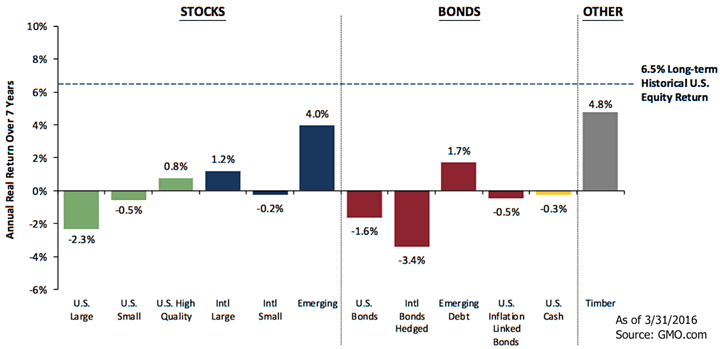
 We all know that the longer the commute from where everyone works, the lower the rent. In many cities during the housing boom, the saying went “just keep driving until you can afford something”. But what if the relationship between commute time and rental price wasn’t steady? What if a few minutes of extra commute time would save you several hundred dollars a month?
We all know that the longer the commute from where everyone works, the lower the rent. In many cities during the housing boom, the saying went “just keep driving until you can afford something”. But what if the relationship between commute time and rental price wasn’t steady? What if a few minutes of extra commute time would save you several hundred dollars a month? 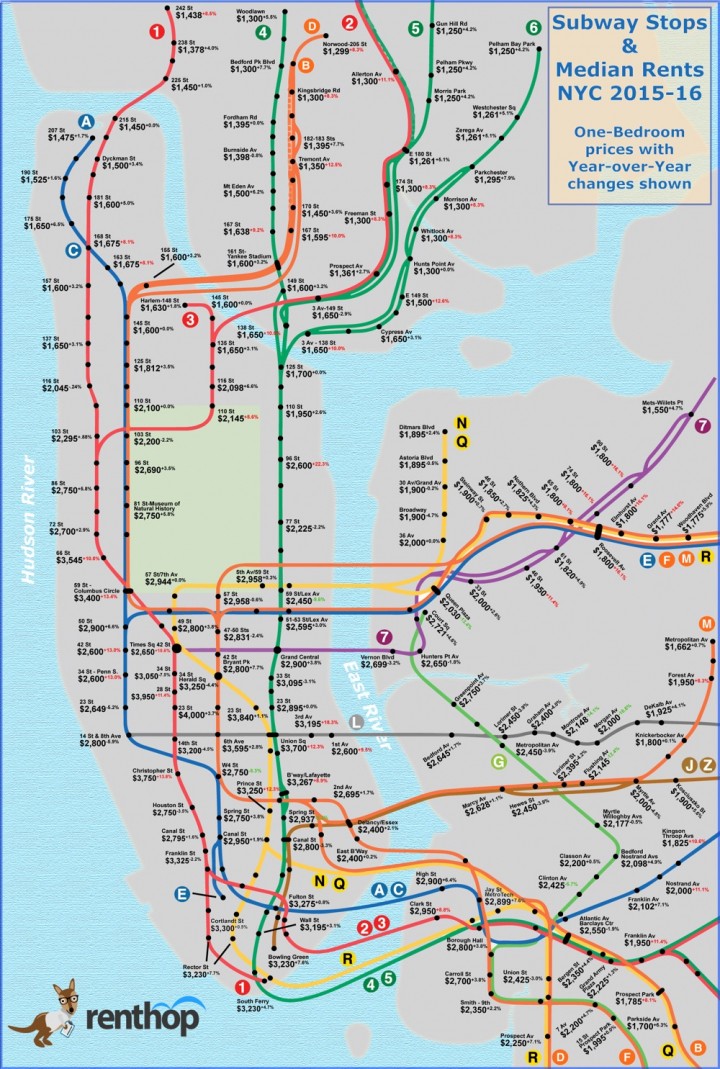
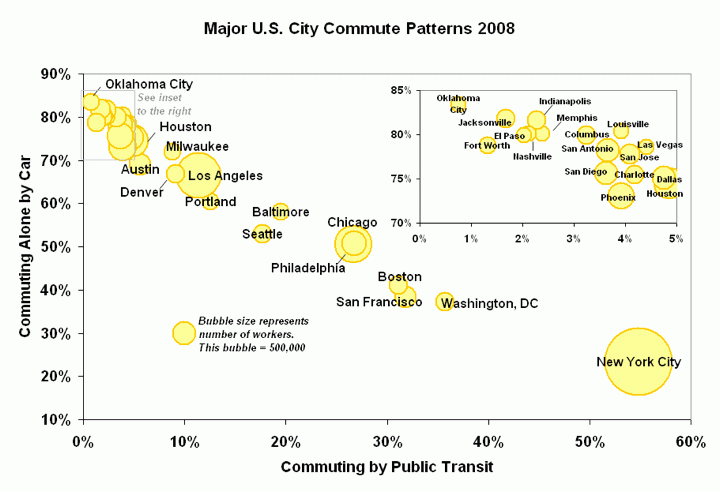

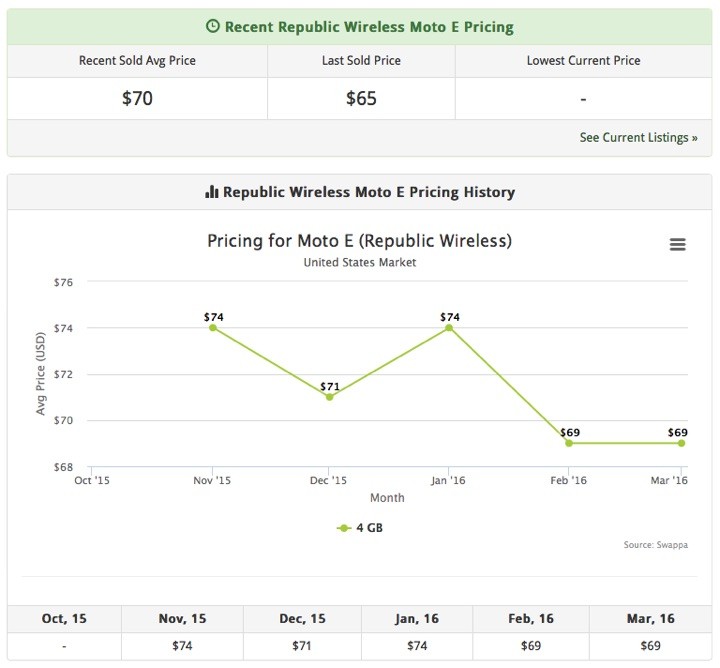



 Navy Federal Credit Union has solid bank and loan products, including checking accounts with ATM rebates, competitive mortgage rates, and limited-time 0% balance transfer promotions. Readers have commented on their excellent customer service and the fact that they often keep and service the mortgages and other loans they originate.
Navy Federal Credit Union has solid bank and loan products, including checking accounts with ATM rebates, competitive mortgage rates, and limited-time 0% balance transfer promotions. Readers have commented on their excellent customer service and the fact that they often keep and service the mortgages and other loans they originate. In a Quora question
In a Quora question 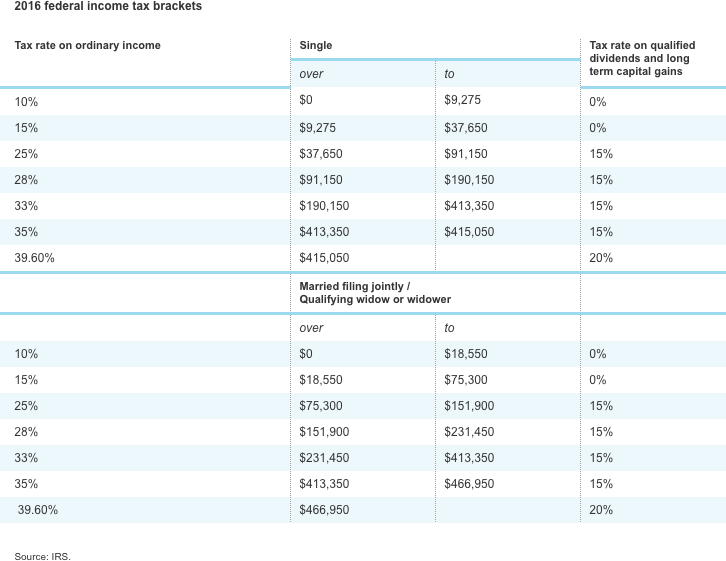
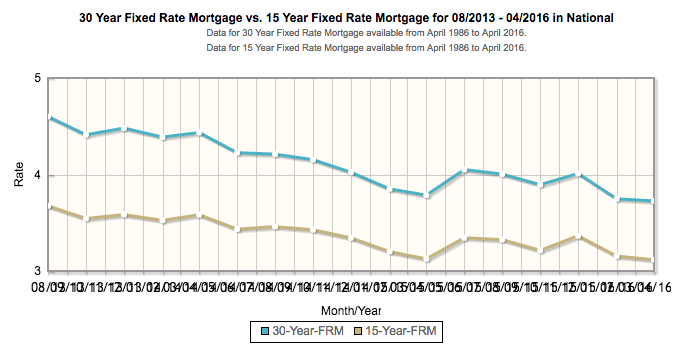
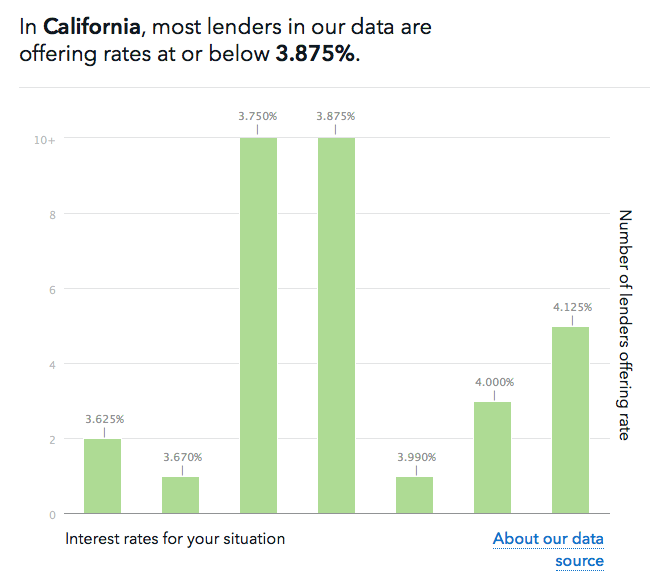
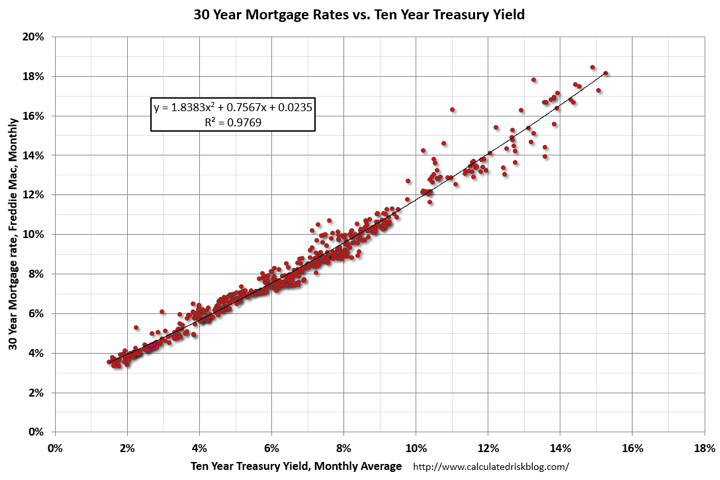
 The Best Credit Card Bonus Offers – March 2024
The Best Credit Card Bonus Offers – March 2024 Big List of Free Stocks from Brokerage Apps
Big List of Free Stocks from Brokerage Apps Best Interest Rates on Cash - March 2024
Best Interest Rates on Cash - March 2024 Free Credit Scores x 3 + Free Credit Monitoring
Free Credit Scores x 3 + Free Credit Monitoring Best No Fee 0% APR Balance Transfer Offers
Best No Fee 0% APR Balance Transfer Offers Little-Known Cellular Data Plans That Can Save Big Money
Little-Known Cellular Data Plans That Can Save Big Money How To Haggle Your Cable or Direct TV Bill
How To Haggle Your Cable or Direct TV Bill Big List of Free Consumer Data Reports (Credit, Rent, Work)
Big List of Free Consumer Data Reports (Credit, Rent, Work)